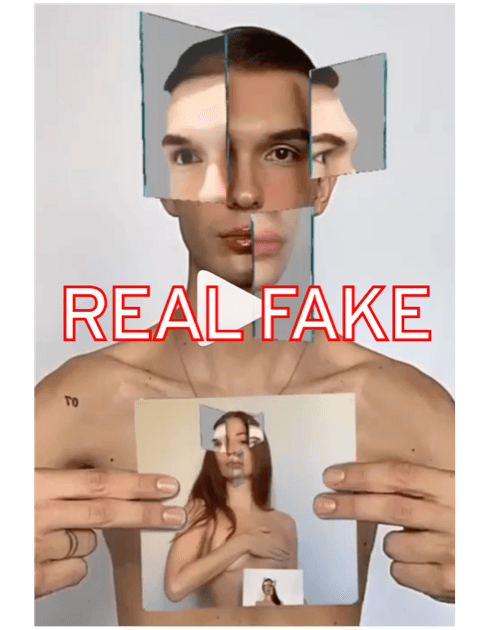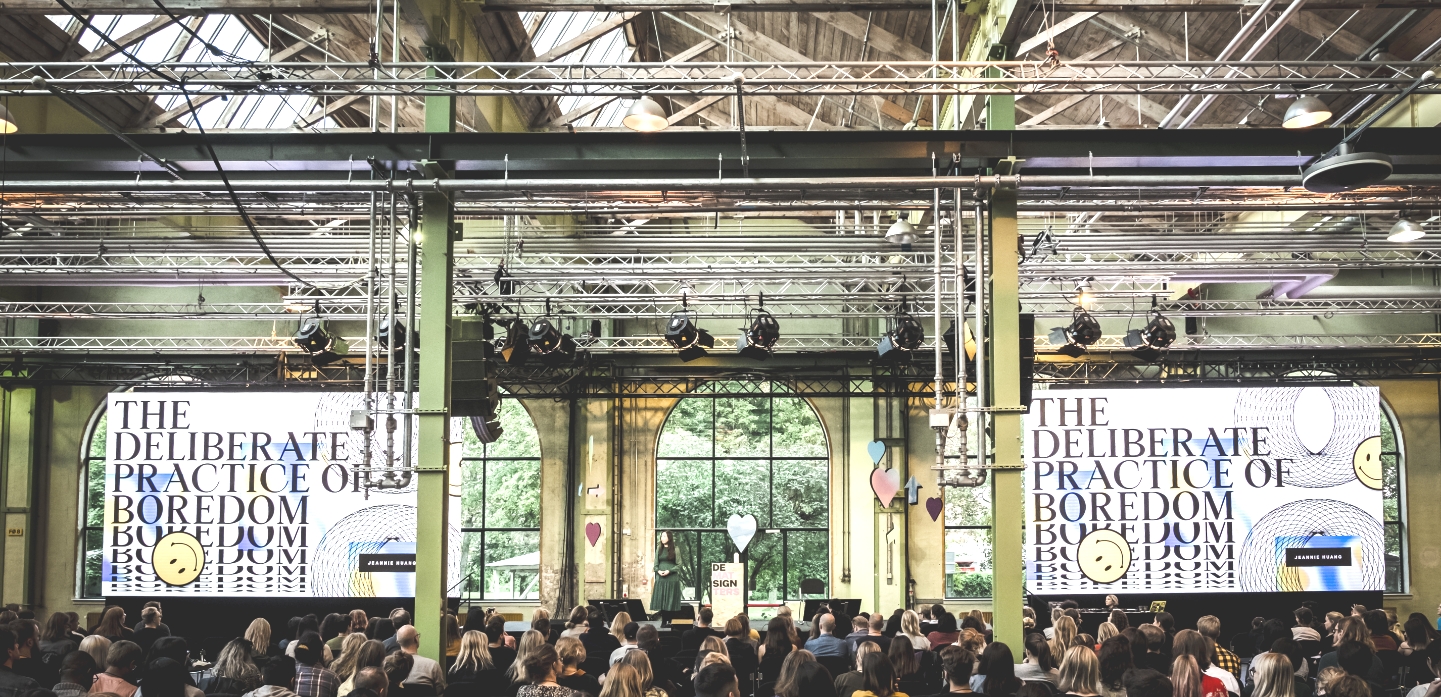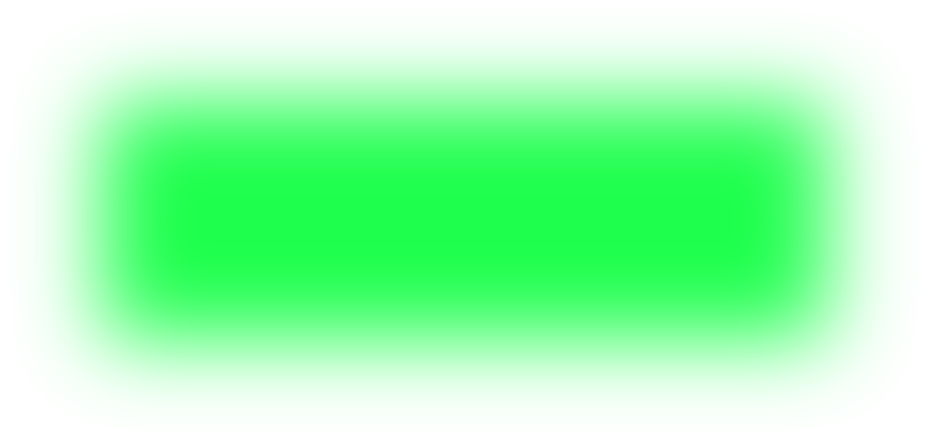themes Real Fake
Over just the past couple of years, we’ve watched as a wave of digital products blend together the fake and the real. These products change our perception of identity, fact, and fiction, and have seeped into every corner of society — from the highest levels of politics, to the intimate relationships we hold over social media apps.
When we enhance our presence with face filters and avatars, find ourselves feeling more at ease in virtual worlds than in our daily lives, or use implants and wearables to directly connect technology to ourselves, we all take part in this soft transition into the semi-digital human. And when AI, robots, and cyborgs so evidently are entering our world, we increasingly learn to accept the artificial as a natural part of our civilization.
As designers, we’ll be charged with confronting the fakeness head-on. How can we help the people who use our products navigate this new, hyper-reality? How can we take advantage of our augmented world, without risking our grasp on what’s real? We need to ask ourselves: What is the right ethical code for a world where the boundary between digital and physical has broken down entirely, and how can we hold ourselves to it?

How can wenavigate thishyper-reality?

Scrappy Creative

Designers today need a messy set of skills, borrowed from psychology, business, coding, project management, storytelling, and more. It’s time to challenge our current design methods!
Next Gen Design
Anyone born after 1996 has never lived in a world that wasn’t interconnected. We will zoom into the post-internet generation, to learn how digital natives think, communicate, and view the world.

